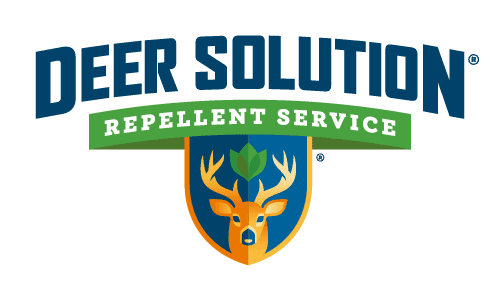Michigan’s Upper Peninsula, Ontonagon County is a testament to the beauty and challenges of living close to nature. The burgeoning deer population, while a sight to behold, has become a source of contention as it encroaches on human habitats, leading to significant environmental and agricultural concerns.
The Hosta Plant Predicament
Among the flora falling victim to these graceful grazers, the hosta plant stands out. Prized for its lush foliage and shade tolerance, the hosta has become a favored target for deer.
The loss of these plants in residential and public gardens is not merely a matter of aesthetics but highlights the broader issue of wildlife management and community engagement in conservation efforts.
Shrubs Under Siege
Equally alarming is the damage to shrubs and young trees, essential components of the local ecosystem. These plants provide not just landscaping beauty but are critical for biodiversity and environmental health.
The deer’s feeding habits, which can strip these plants bare, pose a serious threat to their survival and the overall ecological balance.
Community Responses and Solutions
Ontonagon County’s response to this challenge is multifaceted, involving local authorities, conservationists, and residents. Efforts to protect vulnerable plants and promote deer-resistant landscaping are gaining traction, though finding solutions that satisfy both aesthetic and ecological considerations remains complex.
The Role of Science and Technology
Advancements in wildlife management technologies offer a beacon of hope. Research into non-invasive deterrents and the development of deer-resistant plant varieties are at the forefront of scientific efforts to mitigate the impact on Ontonagon County’s flora.
Conservation Partnerships
The path forward is paved with partnerships. Collaborations between local government, conservation organizations, and the community are vital in crafting sustainable solutions. These partnerships aim to harmonize environmental conservation with economic and recreational interests, ensuring a holistic approach to the deer dilemma.
Navigating the Human-Wildlife Interface
The situation in Ontonagon County is reflective of a broader global challenge: navigating the delicate balance between human expansion and wildlife conservation. The community’s proactive approach, from educational initiatives to wildlife management strategies, underscores the importance of collaboration in addressing environmental challenges.
As Ontonagon County continues to grapple with these issues, the lessons learned here may offer valuable insights for other communities worldwide. The dynamic between humans and deer in this region is a poignant reminder of the need for sustainable, informed, and compassionate approaches to wildlife management.












